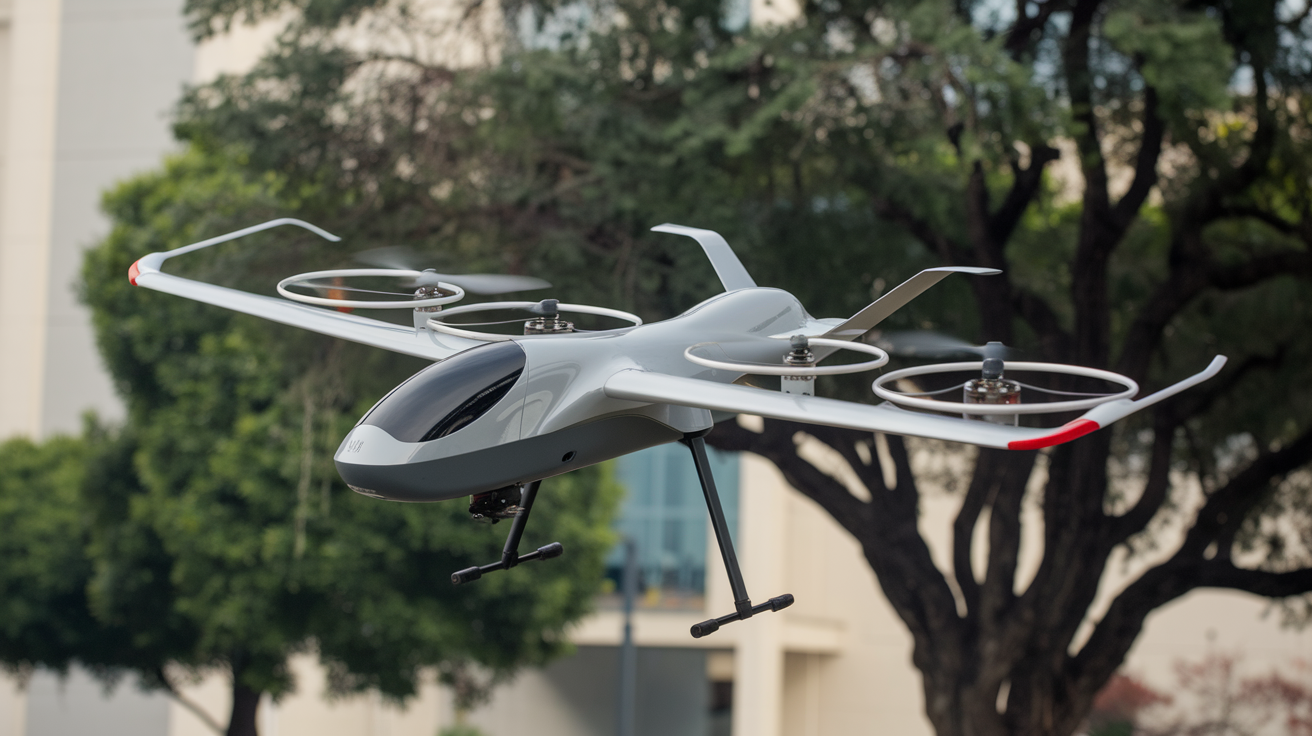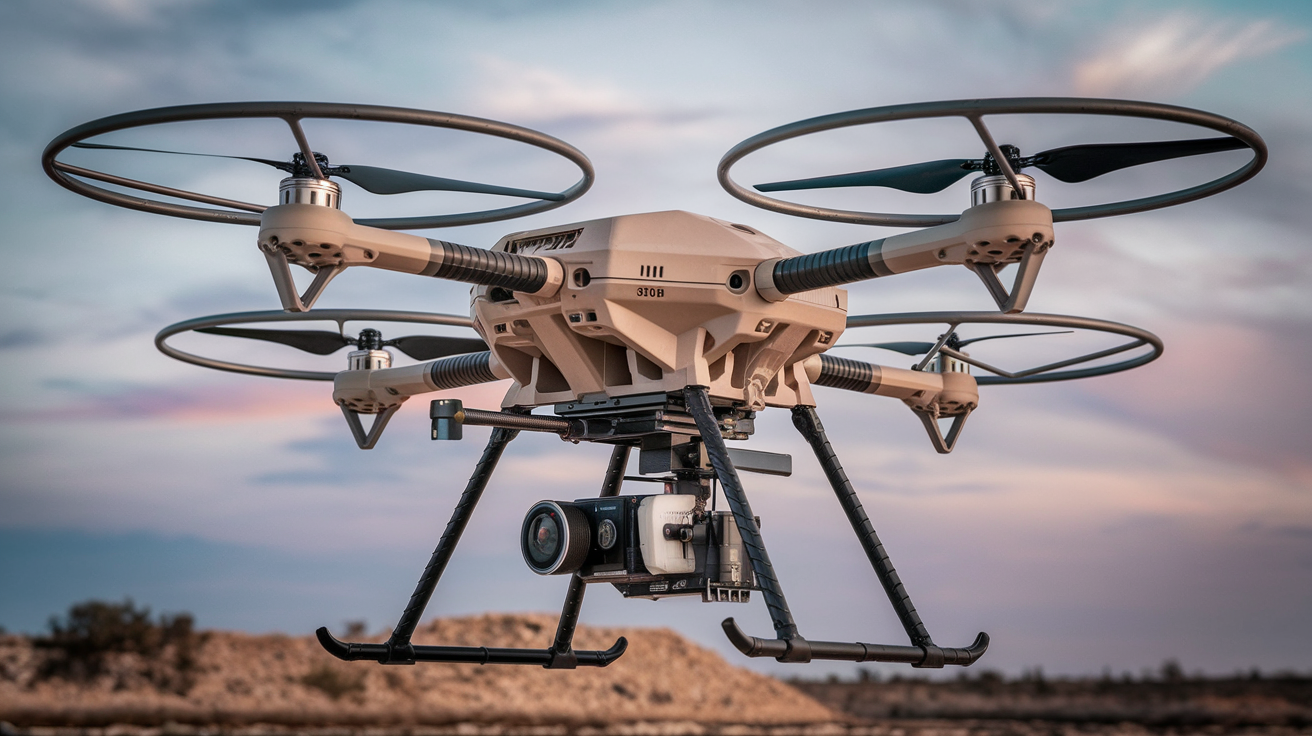The global hybrid UAV market is set to grow from USD 760.7 million in 2024 to USD 1,705.0 million by 2030, at a CAGR of 14.4%. This growth is fueled by technological advancements, expanding applications across industries, and the demand for sustainable and versatile aerial solutions. Hybrid UAVs, which combine conventional fuel-powered systems with electric propulsion, offer improved flight duration, payload capacity, and operational efficiency, making them highly adaptable for applications such as logistics, surveillance, agriculture, and defense.
Download PDF Brochure @
https://www.marketsandmarkets.com/pdfdownloadNew.asp?id=136542756
Lift + Cruise UAVs are projected to witness the fastest growth during the forecast period, driven by their ability to combine VTOL functionality with the range and efficiency of fixed-wing flight. These UAVs are particularly valuable in urban air mobility, emergency services, and cargo delivery, with advancements in hybrid propulsion systems and lightweight materials further enhancing their performance. Multirotor UAVs continue to dominate precision applications such as mapping and infrastructure monitoring, while STOL UAVs remain essential for operations in confined or remote areas.
The commercial sector is expected to see the most significant adoption, as industries like agriculture, logistics, and construction integrate hybrid UAVs for tasks such as crop monitoring, infrastructure inspection, and last-mile delivery. Defense and government sectors also drive demand, leveraging hybrid UAVs for missions such as border surveillance and disaster management, where endurance and reliability are critical.

Hybrid electric propulsion systems dominate the market due to their ability to extend flight times while reducing emissions. These systems efficiently combine electric motors with combustion engines, making them ideal for diverse applications like logistics and agriculture. Fuel cell-powered UAVs are emerging as a cleaner alternative, offering high energy density and long-range capabilities for specialized missions.
North America is expected to maintain the largest market share, driven by strong investments in UAV technologies, favorable regulatory frameworks, and high demand across agriculture, logistics, and public safety. Asia-Pacific is the fastest-growing region, benefiting from rapid urbanization, increasing agricultural UAV use, and infrastructure expansion. Europe focuses on integrating UAVs into sustainability initiatives, particularly in environmental monitoring and renewable energy projects.
Technological advancements, including AI-based navigation systems, real-time data analytics, and hybrid propulsion innovations, are revolutionizing the UAV landscape. Regulatory bodies are enabling broader adoption with supportive policies for BVLOS operations, enhancing commercial use cases. Sustainability goals further support hybrid UAV adoption, emphasizing fuel efficiency and reduced emissions.
Ask for Sample Report @
https://www.marketsandmarkets.com/requestsampleNew.asp?id=136542756
Key Market Players
Key players like Northrop Grumman, Thales, JOUAV, and Elroy Air are advancing the market with cutting-edge propulsion systems, autonomous capabilities, and strategic partnerships. The hybrid UAV market is positioned to redefine aerial operations, providing adaptable, efficient, and sustainable solutions across industries. By 2030, these innovations are expected to transform the global UAV ecosystem, with North America and Asia-Pacific leading the charge.

